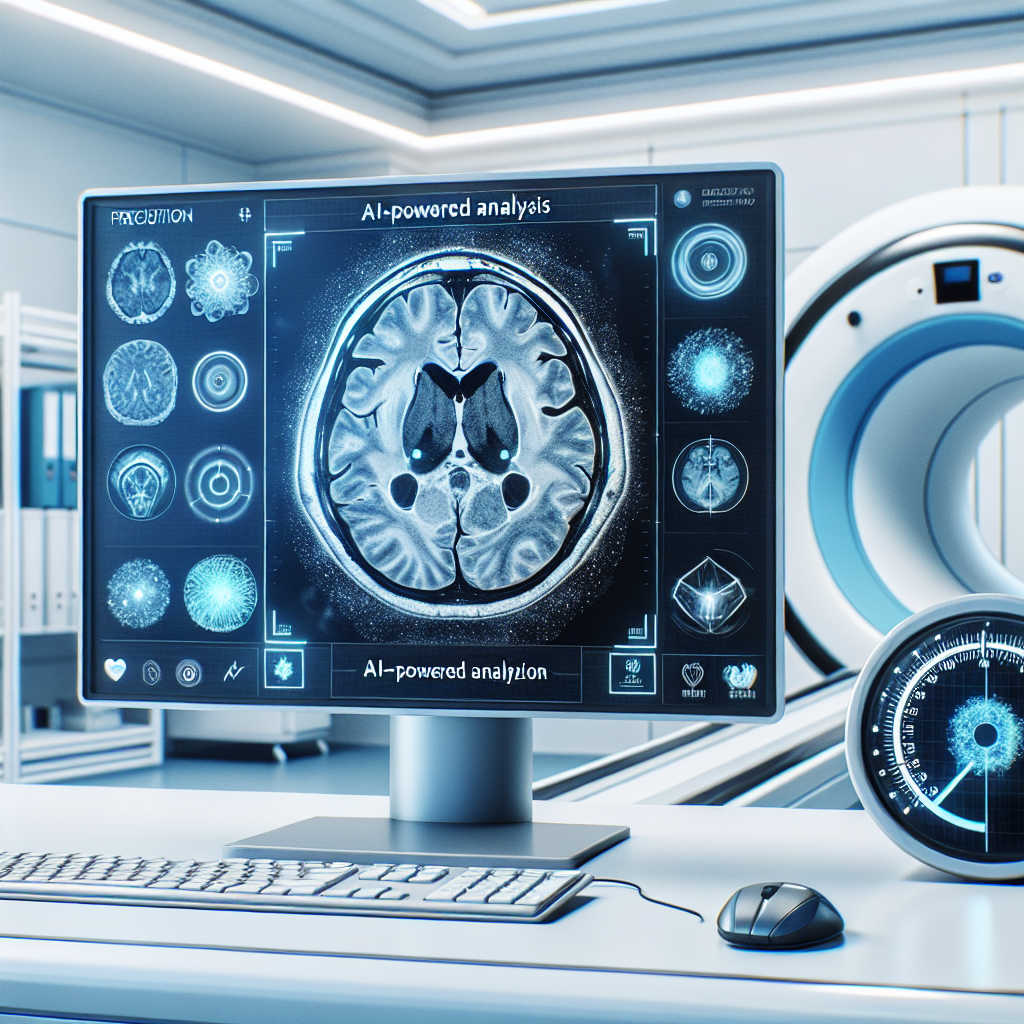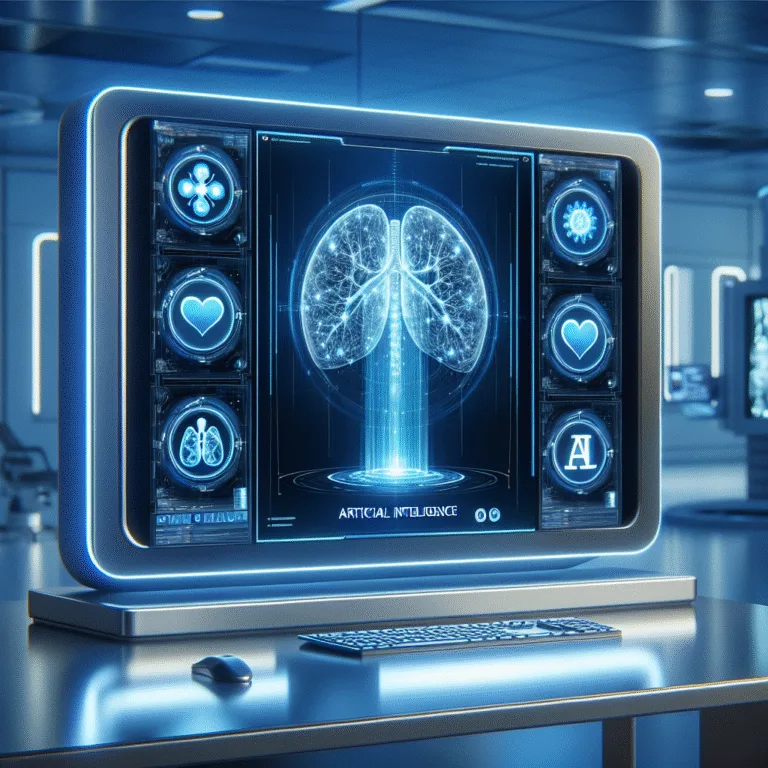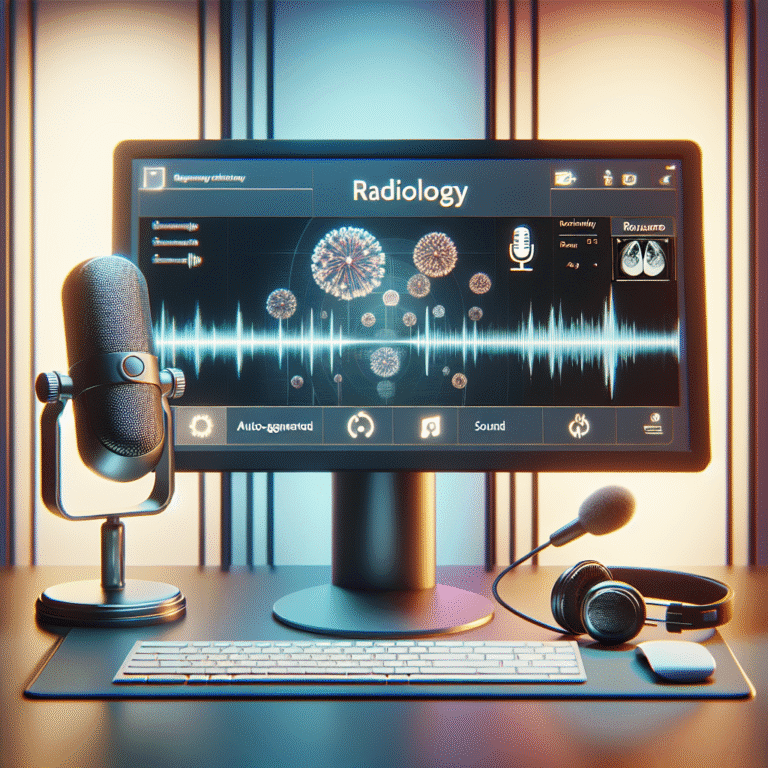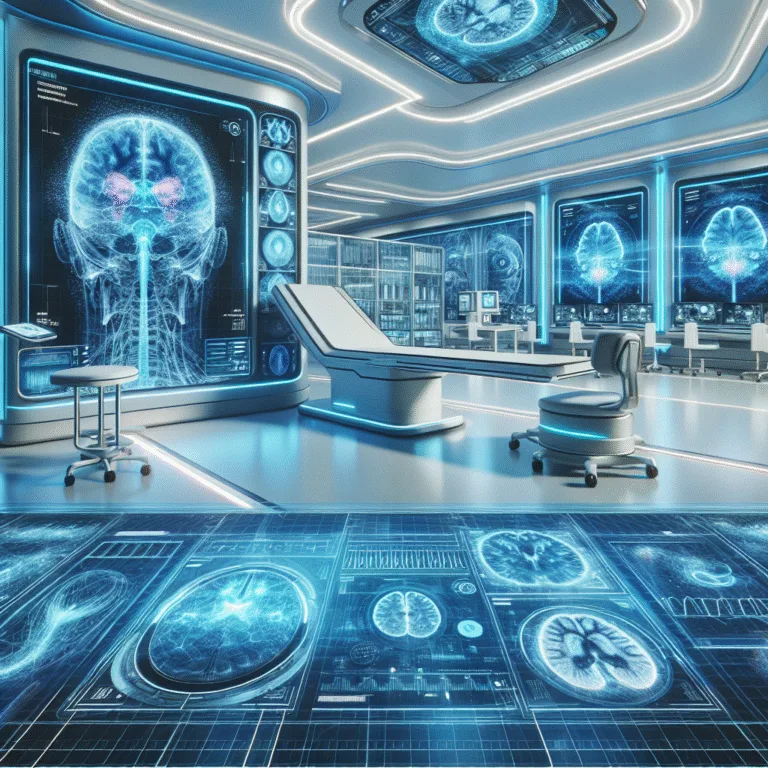How AI Improves MRI Reporting Speed and Accuracy: A Detailed Analysis
How AI Improves MRI Reporting Speed and Accuracy: A Detailed Analysis
It’s a bold claim: AI can make you both faster and more accurate. But how does it work? We provide a detailed analysis of the mechanisms behind AI-powered reporting tools. Learn how natural language processing and smart templates combine to reduce clicks, eliminate repetitive phrasing, and ensure crucial details are never missed.
In the rapidly evolving field of radiology, the integration of artificial intelligence (AI) is transforming how professionals approach MRI reporting. By leveraging AI, radiologists can significantly enhance both the speed and accuracy of their reports. This article delves into the specific ways AI is revolutionizing MRI reporting, focusing on tools like natural language processing and smart templates.
The Role of AI in Enhancing MRI Reporting
AI technologies, particularly those involving machine learning and deep learning, are making substantial strides in medical imaging. These technologies can analyze vast amounts of data quickly and with high precision, offering radiologists a powerful tool to improve their workflow.
Natural Language Processing (NLP)
Natural Language Processing is a key component of AI that aids in understanding and generating human language. In MRI reporting, NLP can be used to automatically transcribe voice dictations into structured reports, significantly reducing the time spent on manual entry. This technology ensures that reports are not only faster but also more consistent.
For example, an NLP system can recognize specific medical terminologies and context, allowing it to generate accurate and coherent reports. This minimizes the risk of human error, such as typographical mistakes or misinterpretations, thereby enhancing report accuracy.
Smart Templates
Smart templates are another AI-driven innovation that streamlines the reporting process. These templates are designed to adapt to the specific needs of each case, providing a structured format that ensures all necessary information is captured. By using smart templates, radiologists can avoid repetitive phrasing and focus on the unique aspects of each case.
Moreover, smart templates can be integrated with voice recognition software, allowing radiologists to dictate findings directly into the template. This integration further speeds up the reporting process while maintaining high accuracy.
How AI Improves MRI Reporting Speed and Accuracy
AI’s ability to enhance MRI reporting speed and accuracy is evident through several practical applications. These applications not only improve efficiency but also ensure that critical details are accurately captured and communicated.
Reduction in Reporting Time
By automating routine tasks, AI reduces the time radiologists spend on each report. Studies suggest that AI can decrease reporting time by up to 30% (source: NIH). This time-saving aspect allows radiologists to focus more on complex cases and improve overall patient care.
Enhanced Accuracy and Consistency
AI tools are programmed to recognize patterns and anomalies with high precision. This capability ensures that reports are not only accurate but also consistent across different cases. Such consistency is crucial for maintaining high standards in radiology practice.
For instance, AI can assist in identifying subtle changes in MRI scans that might be overlooked by the human eye, thus providing a second layer of scrutiny. This additional check can be particularly valuable in complex cases, where minute details can significantly impact diagnosis and treatment.
Integration with Existing Systems
AI technologies are designed to seamlessly integrate with existing radiology information systems (RIS) and picture archiving and communication systems (PACS). This integration ensures that AI tools complement, rather than disrupt, current workflows. Radiologists can thus enjoy the benefits of AI without having to overhaul their entire system.
For a practical demonstration of how AI can be integrated into radiology workflows, consider exploring Rad Report AI, which offers a comprehensive suite of tools designed to enhance reporting efficiency.
Future Prospects and Considerations
As AI continues to evolve, its applications in MRI reporting will likely expand. Future developments may include more sophisticated algorithms capable of interpreting complex imaging data with minimal human intervention. However, it is essential to approach these advancements with caution, ensuring that AI complements human expertise rather than replacing it.
Ethical considerations, such as data privacy and the potential for bias in AI algorithms, must also be addressed. Ensuring that AI systems are transparent and accountable will be crucial in maintaining trust within the medical community.
Sample Radiology Report Template
Patient Name: [Name]
Patient ID: [ID]
Date of Examination: [Date]
Type of MRI: [Type]
Findings:
- [Finding 1]
- [Finding 2]
- [Finding 3]
Impression:
- [Impression]
Recommendations:
- [Recommendation]
This template provides a structured format that can be customized to fit specific cases, ensuring that all critical information is included in the report.
In conclusion, the integration of AI in MRI reporting offers significant benefits in terms of speed and accuracy. By leveraging technologies such as NLP and smart templates, radiologists can enhance their workflow and improve patient outcomes. As AI continues to advance, its role in radiology will undoubtedly become more prominent.
🚀 Try Rad Report AI For Free — and experience faster, smarter reporting today.







